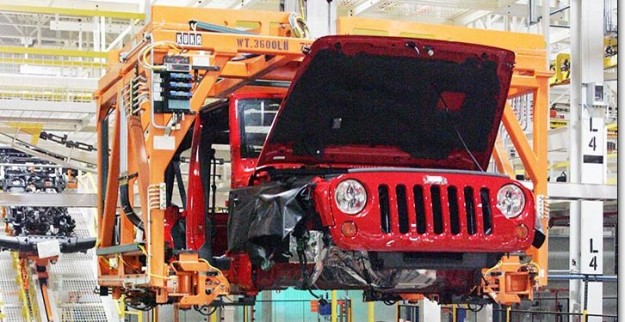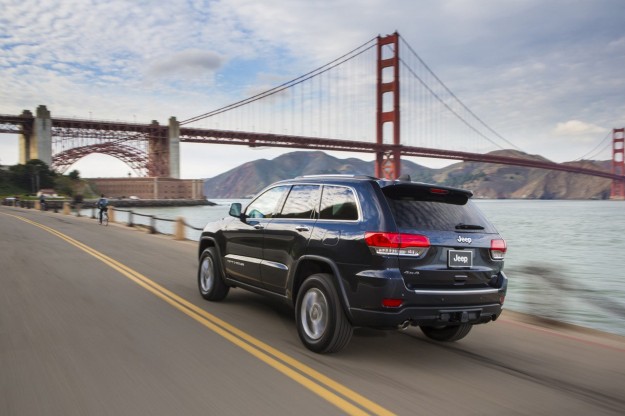
Jeep says it has largely fixed its supply issues this year and is expected to meet the growing demand for models such as Grand Cherokee, Compass and Patriot going forward.
Speaking to CarAdvice at the Detroit auto show today, Jeep’s global boss, Mike Manley, admitted there had been ongoing supply issues over the past two years that had hurt sales not only in Australia but worldwide.
“Generally supply over the last two years has been constrained. Not constrained in terms of … It’s wrong to say supply has been constrained, but demand has outstripped our forecast for these vehicles. So we couldn’t supply global demand on Grand Cherokee, Wrangler or on Compass,” Manley said.

Although Jeep had its best year in Australia in 2012, with 18,014 sales, it was heavily restricted with supply of models such as Wrangler and Grand Cherokee, which at some stages had order lists backed up to more than six months.
Manley says with the model update to the Grand Cherokee and Compass, these supply issues should be mostly alleviated.
“[Supply issues] have largely been fixed now, so with changes we have put into the plant with retooling for this Grand Cherokee, we made sure that we had, really, I think better sales forecasts from all of our markets based on the history of the last two and a half years.
“So when we work with our suppliers, when we look at our build schedules, we should be able to provide more Grand Cherokees and same with Compass and Patriot. We have increased supply of Compass into international markets this year already.”

Nonetheless, the supply and demand curve for the iconic Jeep Wrangler still majorly reflects an ongoing supply issue that has seen the Wrangler struggle to keep up unprecedented demand.
“Wrangler is the one we are working on at the moment, but even though it is on two shifts, it’s absolutely maxed out, so the manufacturing guys are working on how we can continue to build more Wranglers and I think we will get that fixed this year.”
With Jeep forecasting an increase in global sales from 700,000 units in 2012 to 800,000 units in 2014, finding equilibrium for the company’s supply and demand issues will be vital to meeting that goal.





